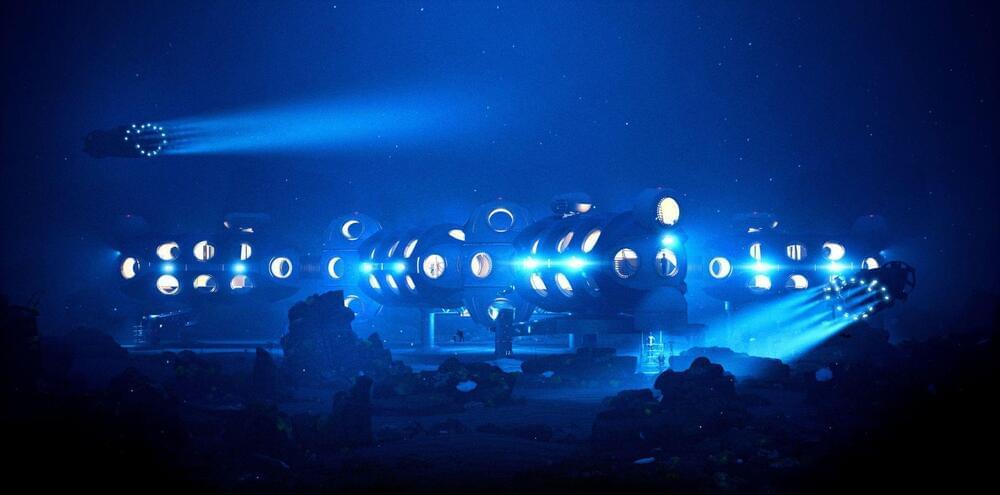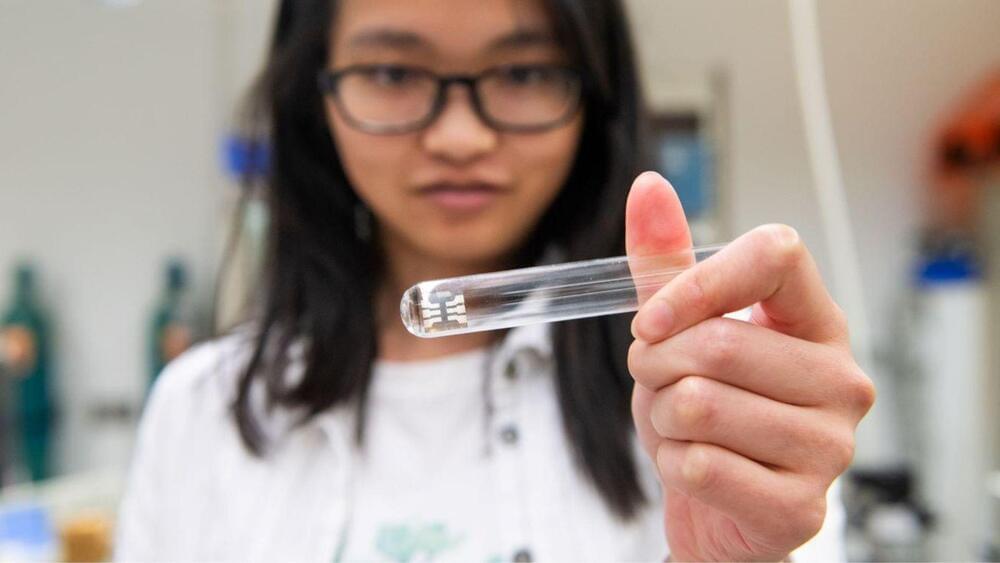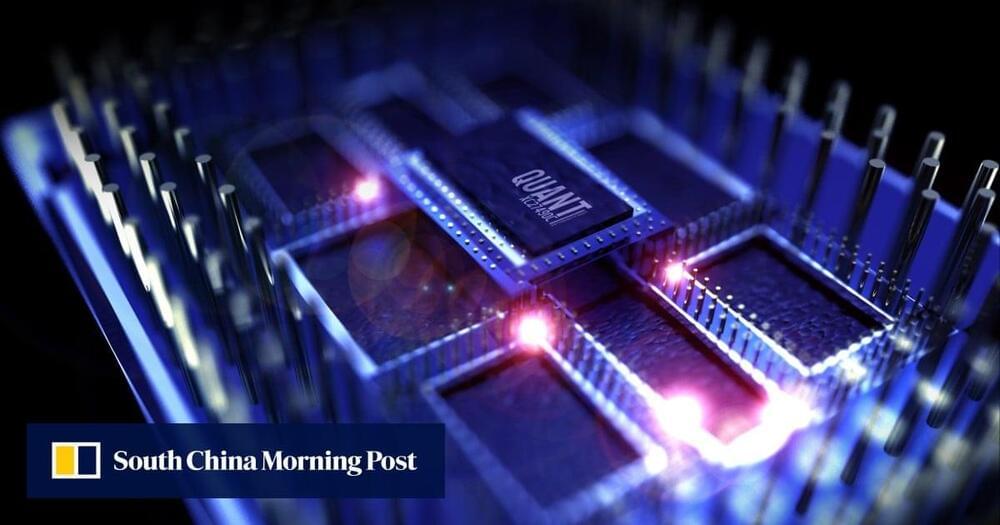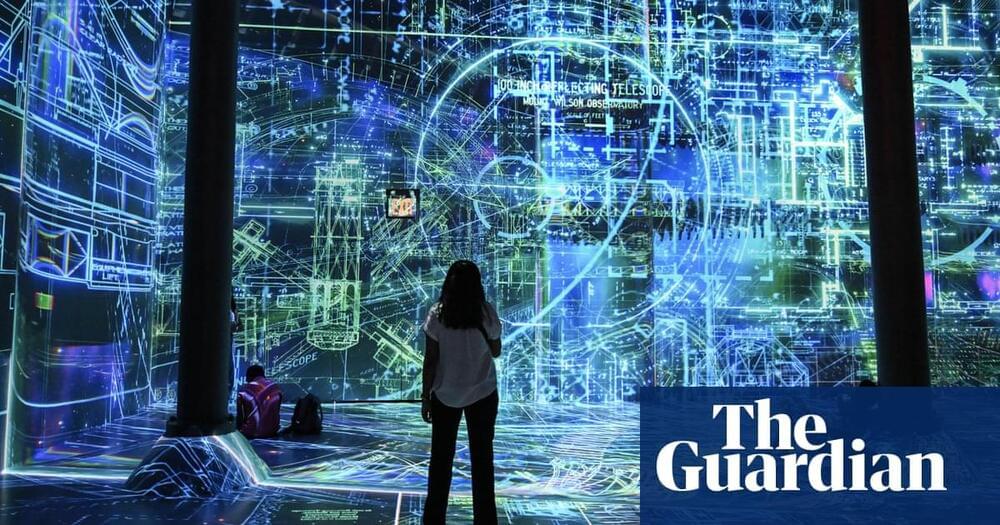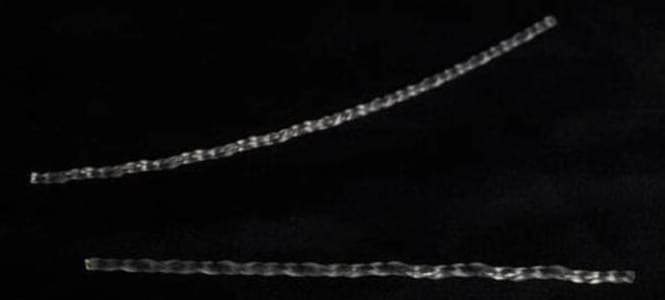Our guest contributor for today’s blog is Amy Boyle, Director of Commercial and Advisory Partner Enablement.
As Microsoft and our partners find innovative ways to push the capabilities of advanced technologies, the need for IT employees with updated skills remains. Organizations across the industry are having difficulty finding employees with expertise on the latest platforms.
During this year’s Microsoft Inspire event, leaders from our partners TCS and Kyndryl talked about how training employees is fueling growth within their companies and the industry as a whole. Working together, Microsoft, TCS, and Kyndryl are making skills development on Microsoft Cloud and other platforms more accessible and adding to community development through job creation.

